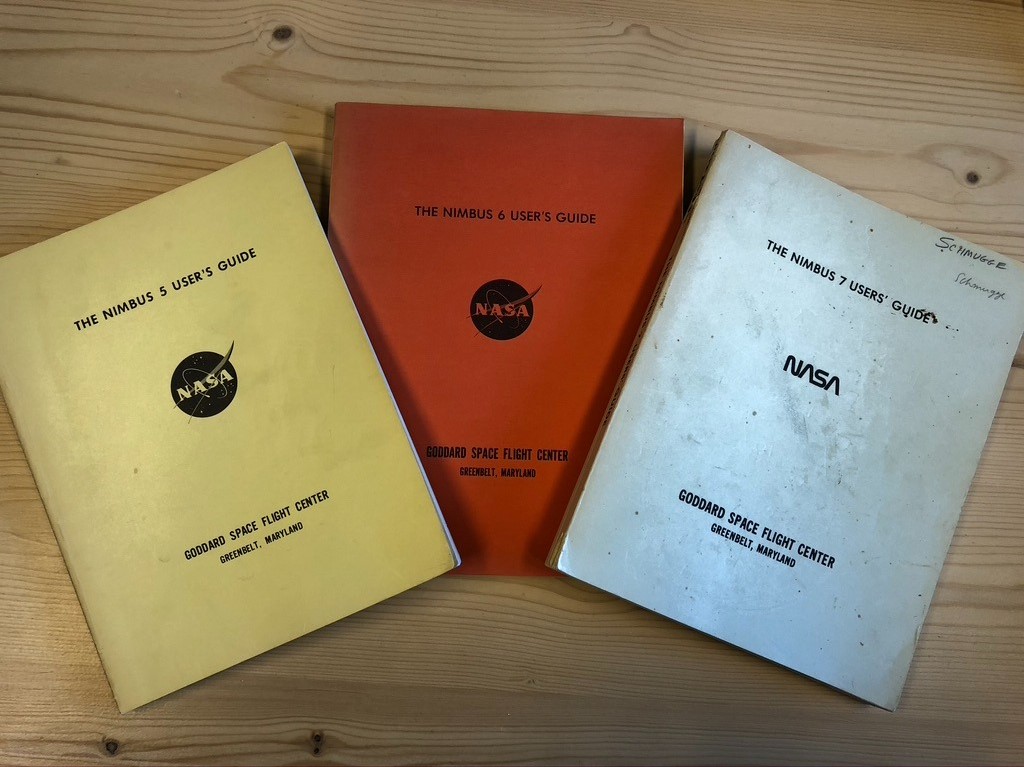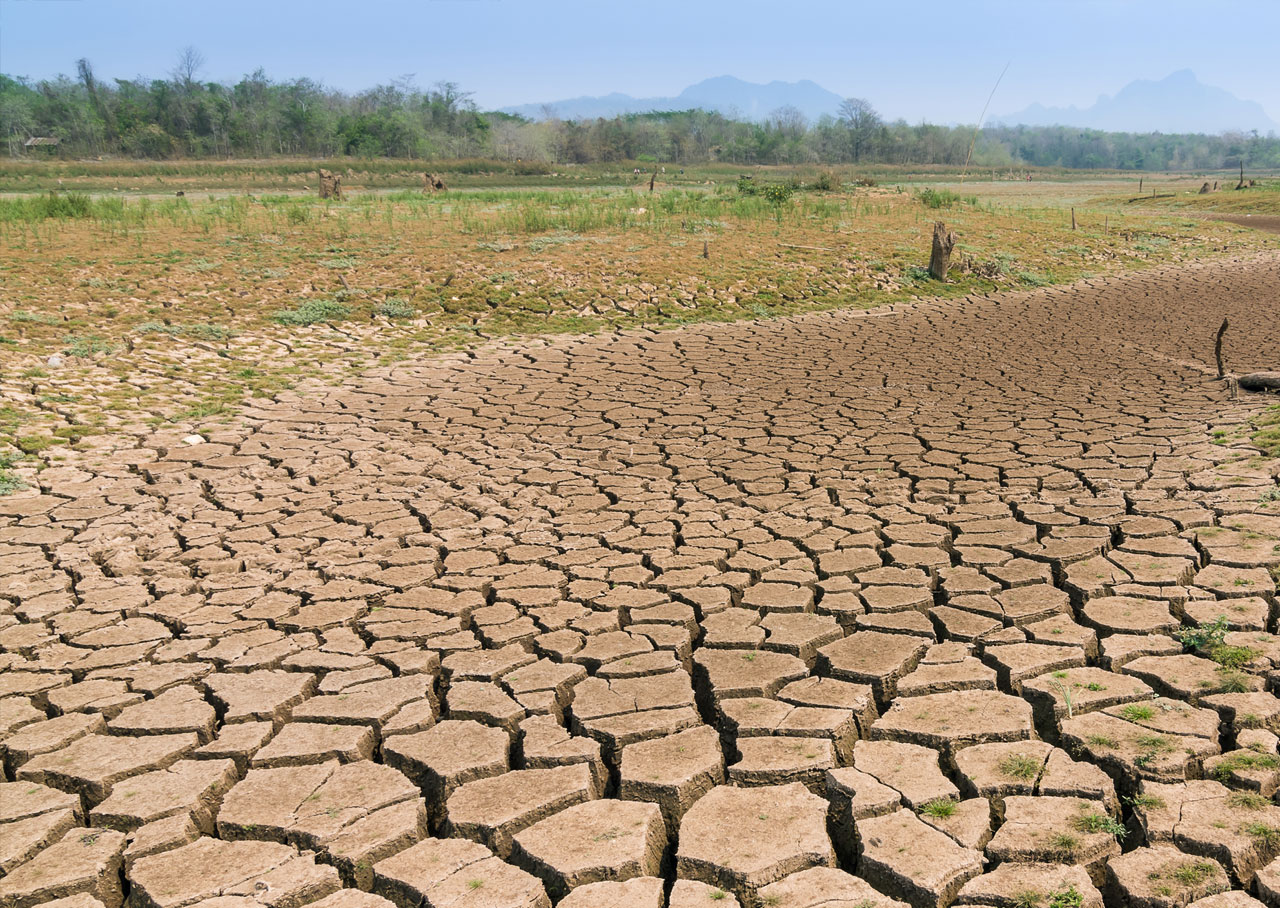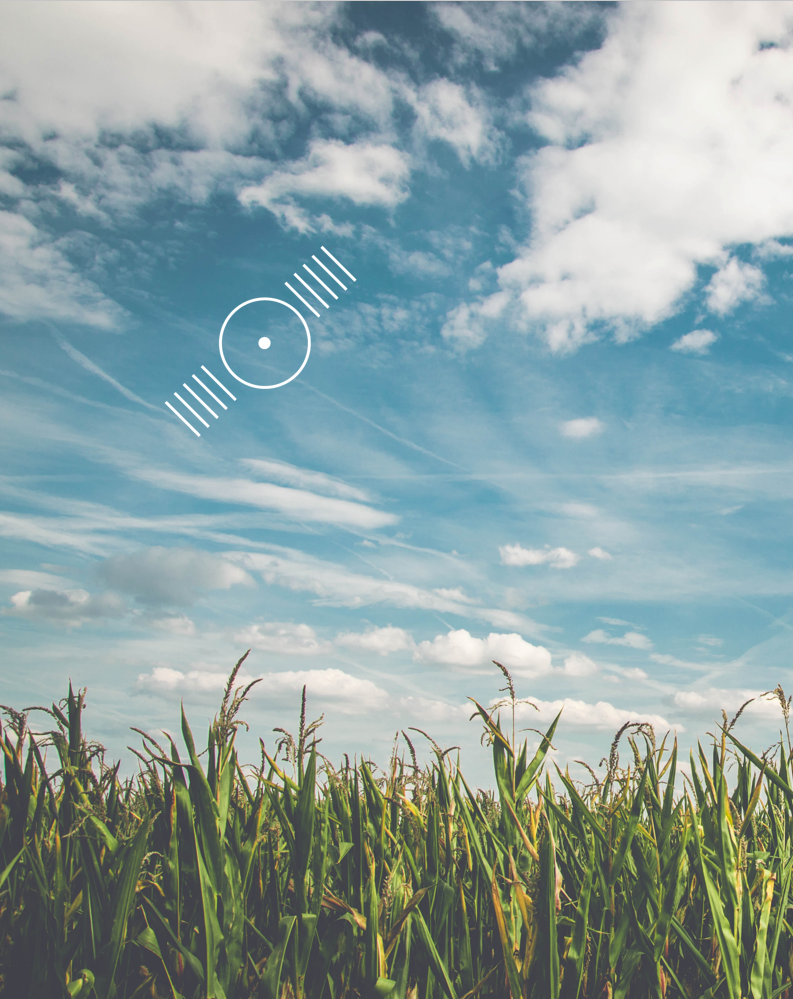A scientist’s tribute. Building on the Legacy of NIMBUS-7
By Dr. Richard de Jeu
November 25, 2020

ithin the Earth observation industry there is a strong tendency to focus on new missions and new technologies. However, sometimes it is also important to look back and see what satellites have done in the past for our society. Some of them are now almost forgotten, but actually played a crucial role in shaping the current Earth observation industry.
The satellite we would like to highlight here is the NIMBUS-7 pathfinder. This historical satellite was the last in a series of the NIMBUS program of NASA which started in the sixties. The aim of the program was to test new instrument concepts and to provide data for weather and climate research. NIMBUS-7 was a big satellite platform with nine different instruments. The satellite was launched in 1978 and was operational for more than 15 years.
At the time of operation, the mission was considered as highly revolutionary because it was one of the first stable Earth observation platforms out there with a strong emphasis to monitor our environment with meticulous detail. With NIMBUS-7, the ozone hole in the stratosphere was mapped, which resulted in a worldwide ban for CFCs in 1989. Besides the ozone hole, NIMBUS-7 also made it possible to monitor our polar ice caps and to determine the pollution of the oceans. This information is still used as one of the benchmark datasets by numerous climate researchers.





